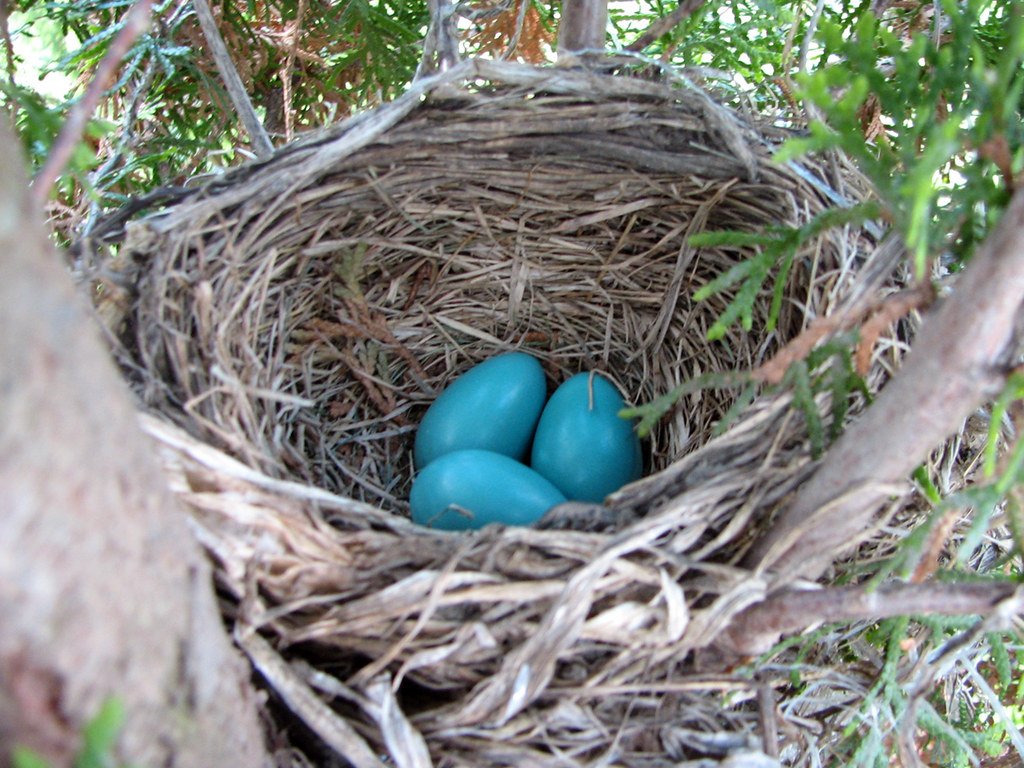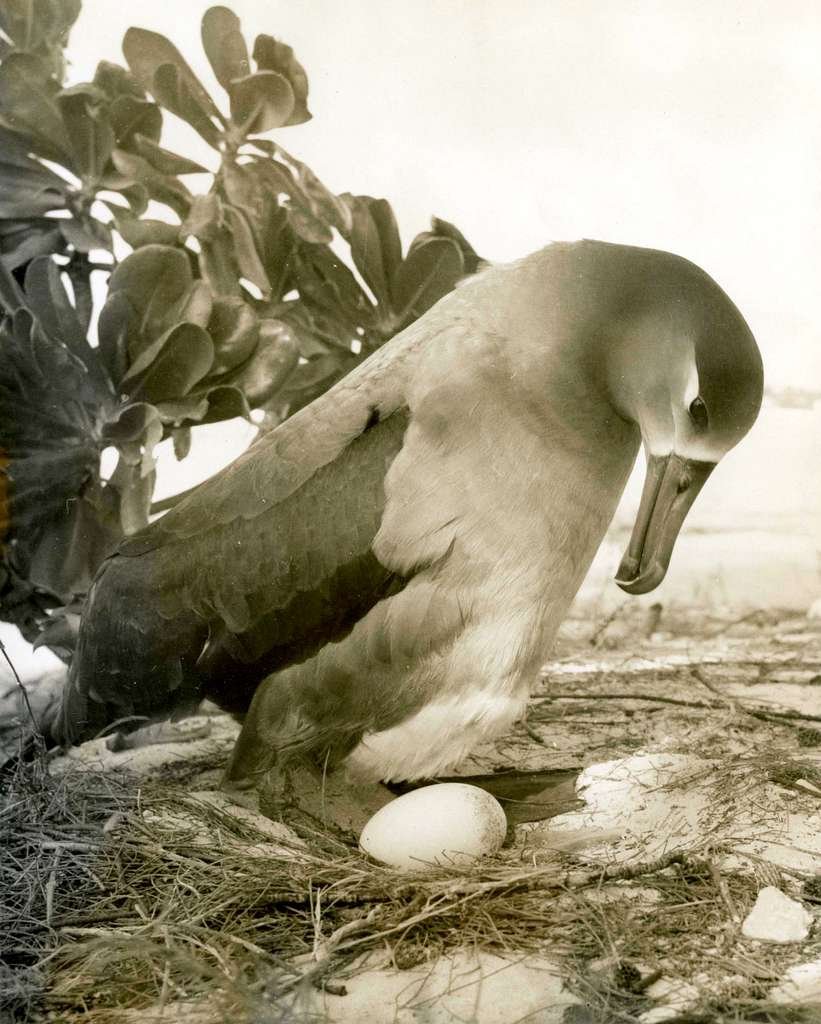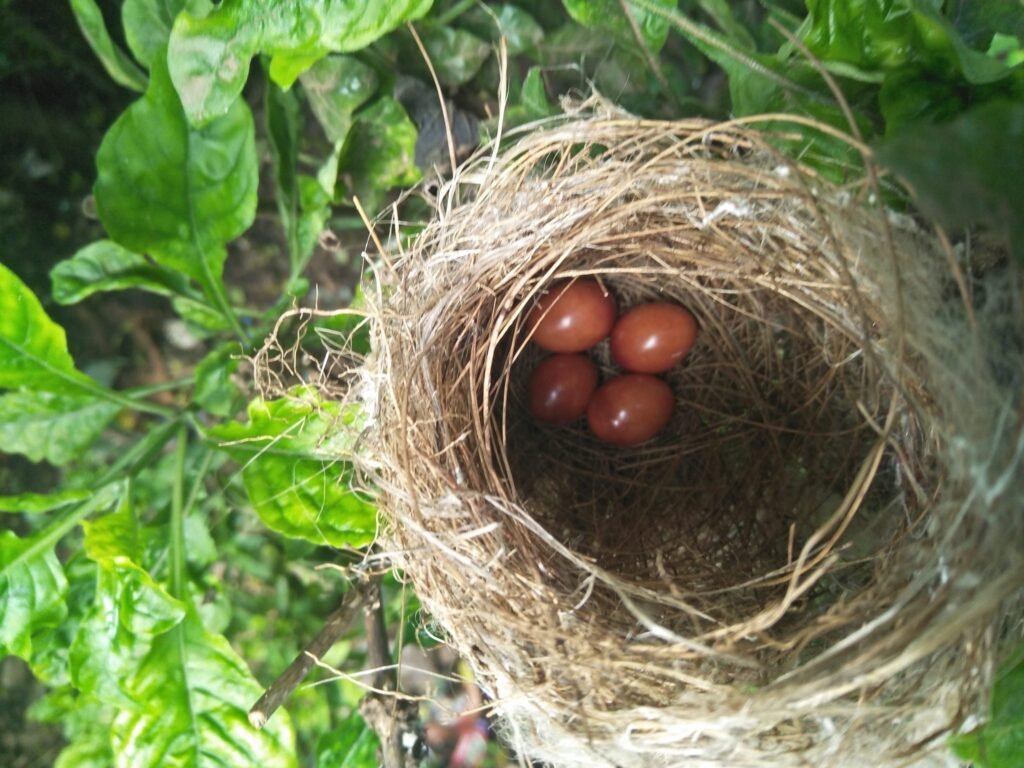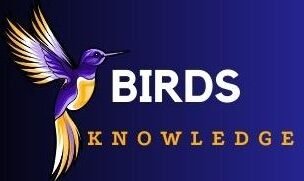All species of birds lay eggs.
Ostrich eggs are the largest, weighing about 1.5 kg. They are about 30 times heavier than chicken eggs.
Incubation is the method used to keep eggs warm for hatching. It takes 10 to 80 days, depending on the species.

Egg yolk provides nutrients for the embryo, while the egg white provides food, moisture, and protection for the yolk.
A bird’s egg may look ordinary, but it contains all the elements necessary for an embryo’s life.
When the chicks are ready to hatch, they make a hole in the shell with their egg tooth—a process called pipping—and then emerge.
Egg yolk is not always yellow. Common seabirds have dark red yolks, while penguin eggs have a reddish-pink color.
Gannets stand on their eggs to keep them warm.

An eggshell has 50 to 100 tiny pores per square centimeter, allowing the chick inside to take in oxygen and release carbon dioxide.
The thickness of an eggshell varies by species. For example, the egg of a night heron is 0.2 mm thick, while that of a murre is 0.75 mm.

Not all eggs are oval. The eggs of species such as Pechas and long-beaked toucans are round, while some seabirds, like Auks, lay pear-shaped eggs.
